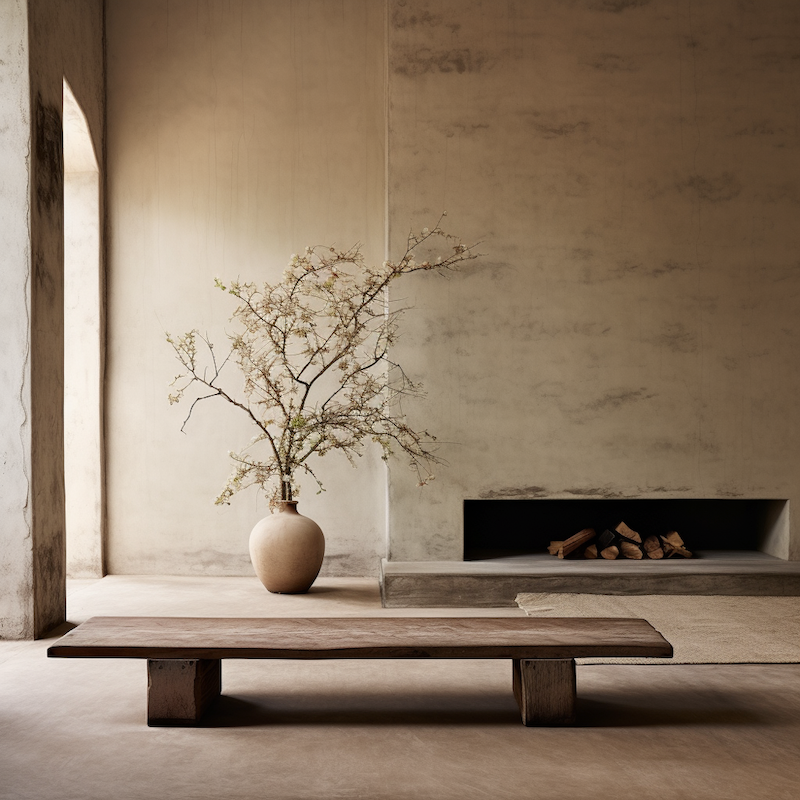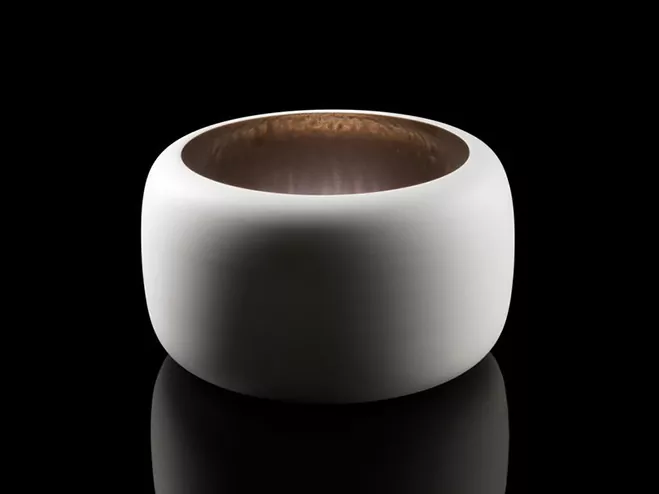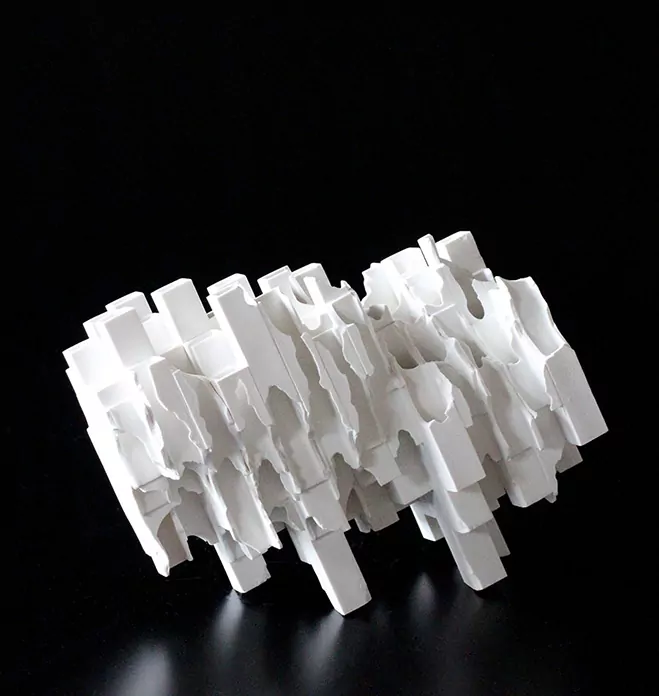
Wabi Sabi – Embracing Imperfection
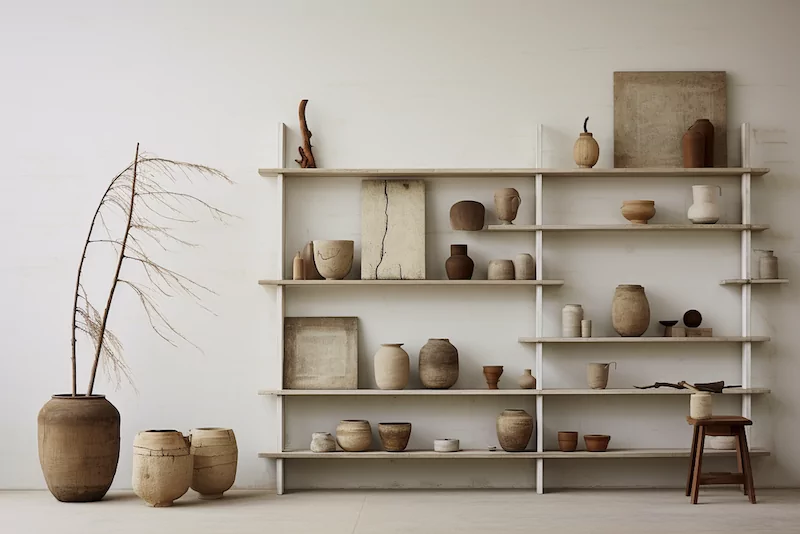
In a world that often glorifies the pristine and the perfect, the Japanese concept of wabi-sabi offers a much-needed respite, guiding us to find beauty in the imperfect, the transient, and the natural. An aesthetic philosophy that has its roots in Zen Buddhism, wabi-sabi encourages an appreciation for the subtle grace that can be found in the seemingly ordinary and the fleeting moments of life. The essence of wabi-sabi lies in its ability to remind us that true beauty often resides in the unpolished, the worn, and the ephemeral. This timeless aesthetic continues to resonate in the modern world, as its principles prove to be ever more relevant in a society consumed by the pursuit of perfection and materialism.
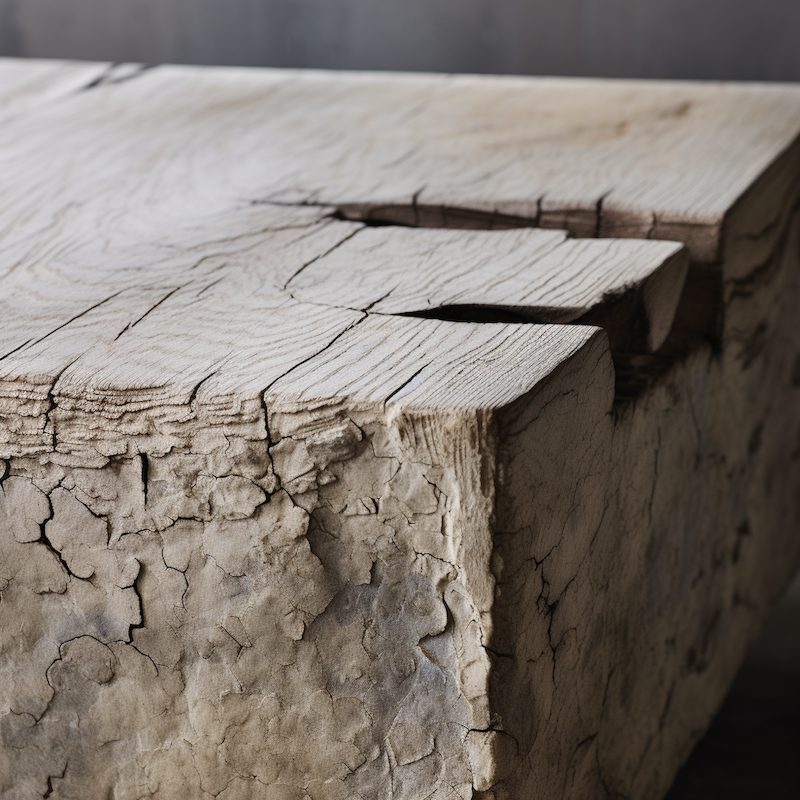
The Essence of Wabi-Sabi: Embracing Life’s Imperfections
At the heart of wabi-sabi is the understanding that beauty can be found in the most unexpected of places. This aesthetic celebrates the cracks and crevices, the faded and the worn, acknowledging that these imperfections are an inherent part of the natural world and a testament to the passage of time. In a society fixated on the new and the flawless, wabi-sabi offers an alternative perspective that urges us to slow down and appreciate the simple pleasures that life has to offer.
Wabi-sabi is deeply intertwined with Zen Buddhism, a spiritual tradition that emphasizes mindfulness, simplicity, and the cultivation of inner harmony. This connection lends a profound dimension to the aesthetic philosophy, as it encourages practitioners to embrace the present moment and find beauty in the world around them, despite its inherent imperfections. Through this lens, wabi-sabi becomes more than just an aesthetic preference; it transforms into a way of life that fosters a deeper connection with the natural world and a greater appreciation for the transience of existence.
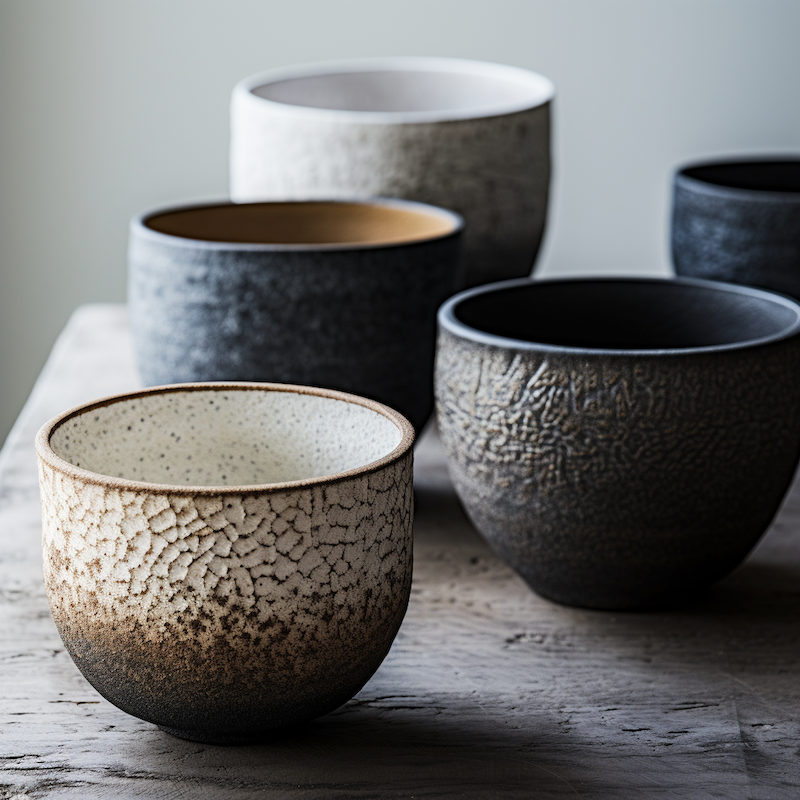
Wabi-Sabi in Art and Design
The influence of wabi-sabi can be seen in various aspects of art and design, as its principles have shaped the way countless artists and designers approach their work. Traditional Japanese arts such as pottery, calligraphy, and flower arrangement have long been informed by the wabi-sabi aesthetic, with creators striving to evoke a sense of harmony, simplicity, and imperfection in their pieces. These works often feature natural materials and subdued colors, reflecting the wabi-sabi appreciation for the beauty of the natural world.
In the realm of modern design, wabi-sabi continues to be a significant source of inspiration for those seeking to create spaces and objects that are both functional and aesthetically pleasing. Architects and interior designers often incorporate wabi-sabi principles into their work.
The tenets of wabi-sabi resonate deeply, infusing spaces with an intimate warmth and serene calm. Modern architects, interior designers, and creators incorporate the ethos of wabi-sabi into their creations, giving birth to environments that evoke emotion, spark contemplation, and instill a sense of harmony.
Central to the wabi-sabi aesthetic is a profound reverence for natural materials. The subtle textures of raw stone, the organic grain of untreated wood, and the unrefined beauty of clay; these are the cornerstone elements in a wabi-sabi space. The muted hues of these materials form a palette that’s drawn directly from the soft whispers of nature, providing a hushed antidote to the harsh metallic sheen of our urban surroundings.
Wabi-sabi in design, however, moves beyond mere materiality or color choice. Its philosophy extols the virtues of the transient, the imperfect, and the incomplete. A crack in a concrete wall, an asymmetrical layout, or a rough, unfinished surface; rather than flaws to be rectified, these are embraced as symbols of life’s impermanent and imperfect nature. Spaces imbued with this aesthetic invite us to pause, appreciate the raw beauty of imperfection, and ponder the fleeting nature of our own existence.
Embracing wabi-sabi in our man-made surroundings is also a nod to our enduring bond with the natural world. In an era marked by urban sprawl and a disconnection from nature, this aesthetic serves as a poignant reminder of our roots.
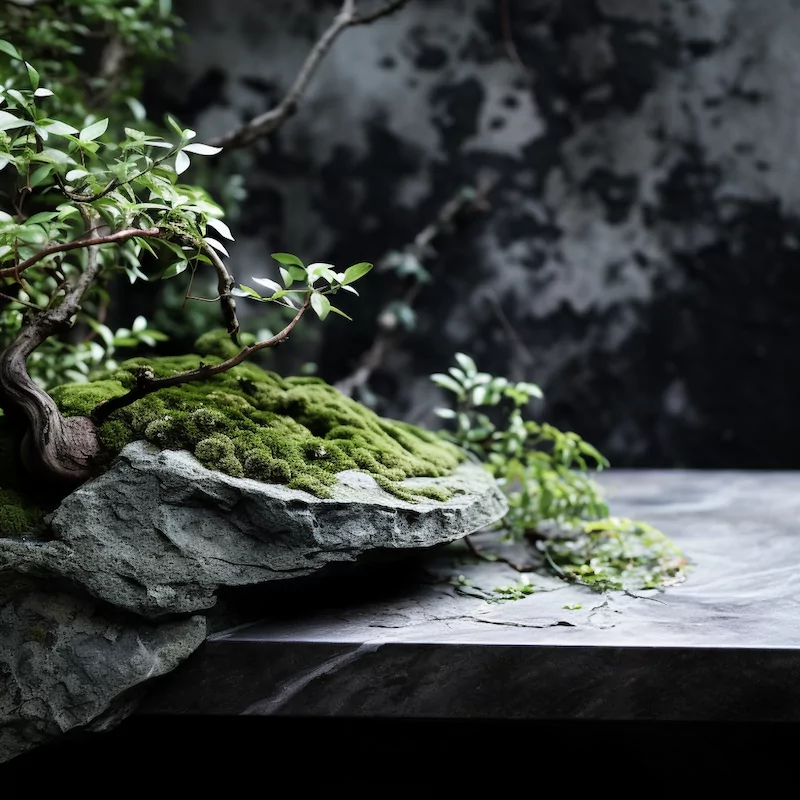
The Poetic Charm of Imperfection: Concluding Thoughts on Wabi-Sabi
As we pull back the curtain on wabi-sabi, we’re left with a profound sense of appreciation for the beauty that lies within the fleeting and the imperfect. In the soft whisper of a fading leaf, the serene symmetry of a weathered stone, or the humble grace of a well-loved teacup, we’re reminded that perfection isn’t the pinnacle of beauty. It’s in the acceptance of life’s imperfections and the transient nature of all things that we truly connect with the world around us.
Wabi-sabi isn’t just a design aesthetic, but a perspective, a subtle shift in our way of interacting with our surroundings. It challenges the obsession with flawlessness, urging us instead to discover beauty in the unrefined and the organic. As this philosophy permeates modern design, it moulds spaces that aren’t just places to exist in, but environments that truly engage the senses, evoke emotion, and inspire contemplation.
As we traverse this modern life, with its constant noise and haste, may we always find a moment to pause, to breathe in the beauty of the imperfect, and to appreciate the elegance in simplicity. Wabi-sabi, in its purest form, isn’t just about design. It’s a gentle whisper, a nudge to return to our roots, and a timeless guide to living authentically. It’s a reminder that beauty is a matter of perspective, and often, it’s the simplest things that hold the deepest charm.
In the end, wabi-sabi is a journey. A journey that starts with appreciating a chipped cup, a faded wall, a crack in the concrete, and evolves into a deeper understanding of life and our place in it. It’s an exploration into the heart of what truly matters. And as we move forward, we’ll continue to discover, and indeed, to celebrate, the imperfect charm and fleeting beauty that wabi-sabi brings into our lives.
